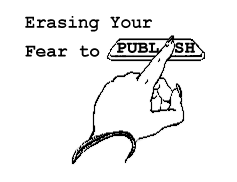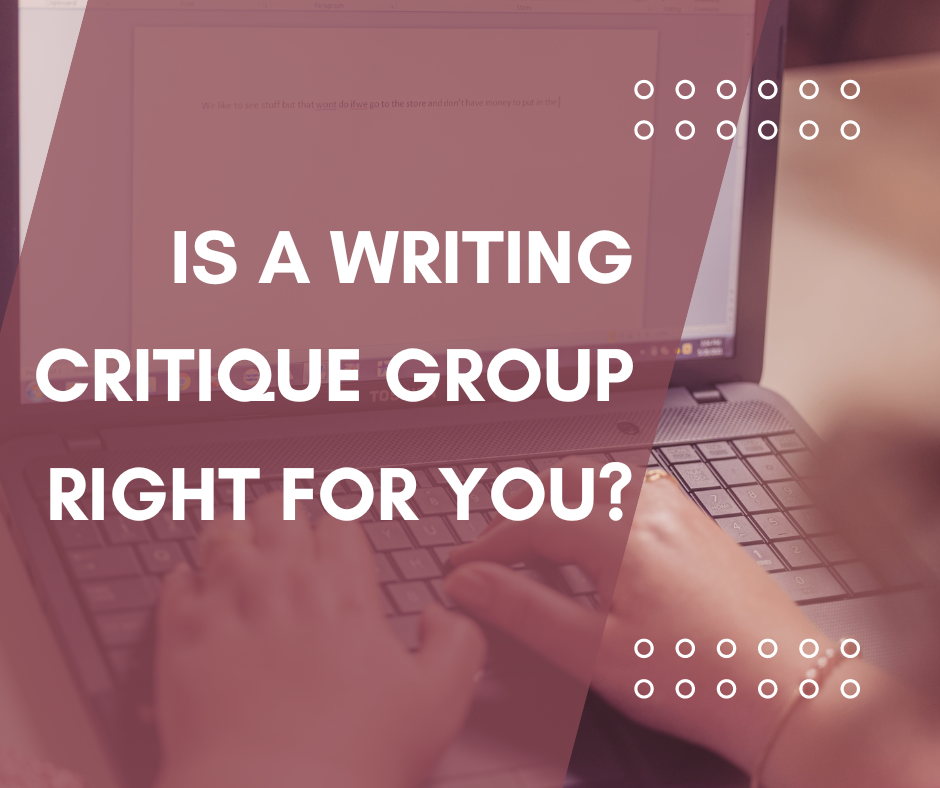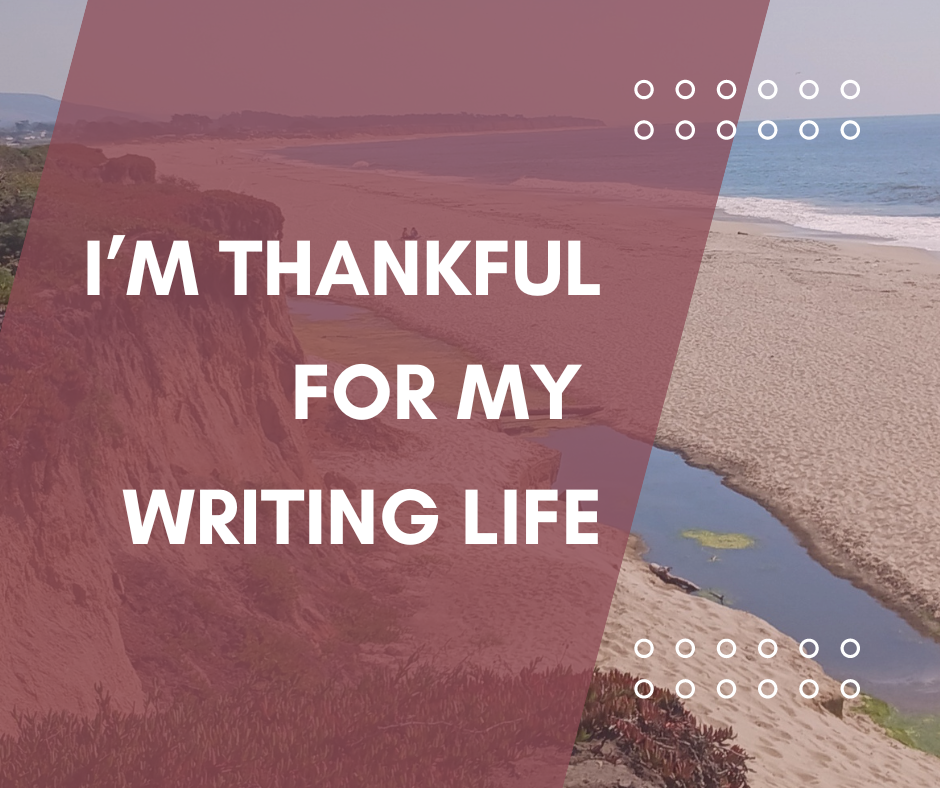Writer With A View

Most likely you’ve heard the writing instruction, “show, don’t tell.” Sometimes, this is excellent advice; other times, it steers writers off course. Showing immerses readers in an author’s fictional world while telling can skip unnecessary descriptions and get to the good part already.
Learn when to show, when to tell, and when to listen to your authorial gut feeling.
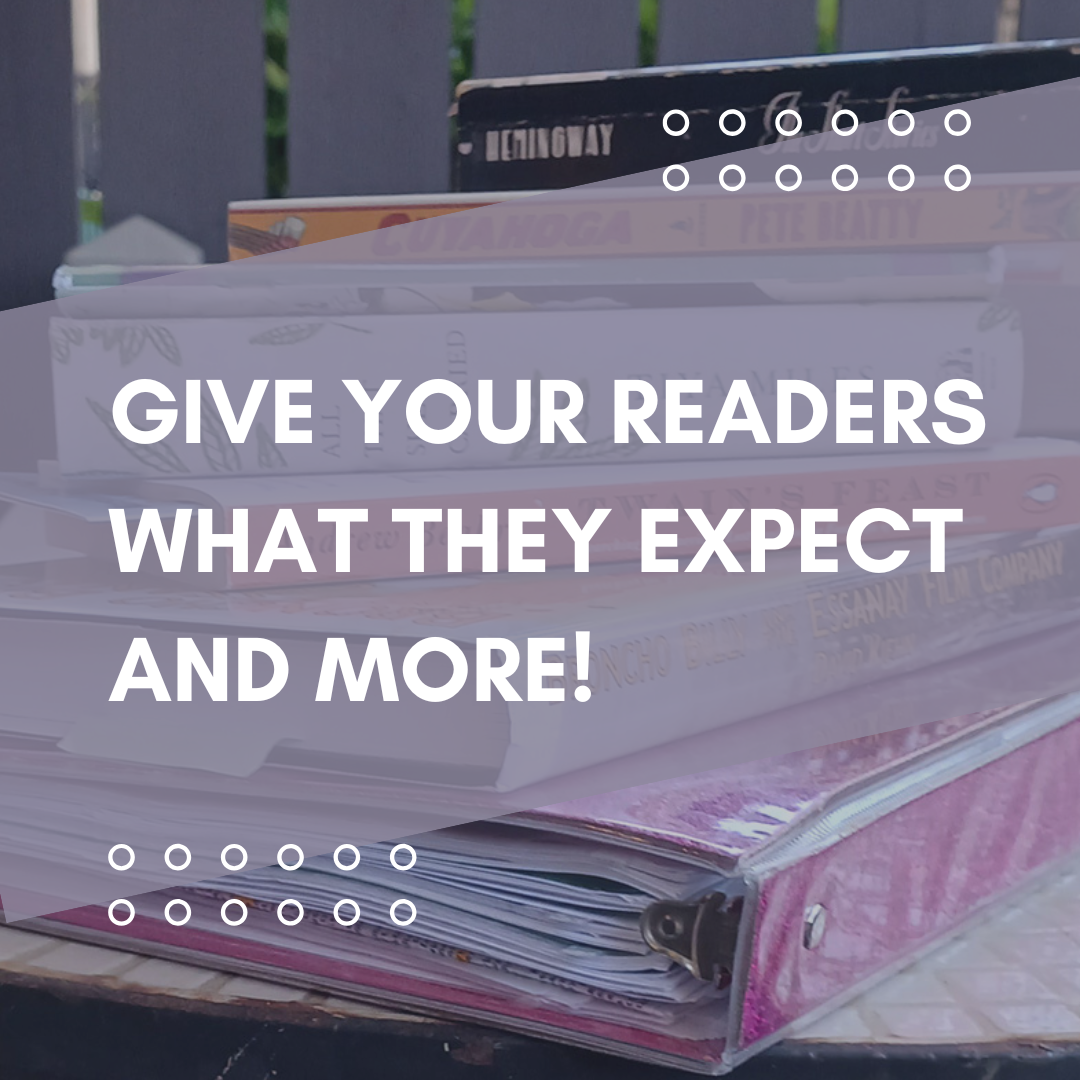
Taking a story idea and translating it into an entertaining tale that’s ready for an audience to experience is a huge undertaking. Readers expect to find certain things in the story you set out to tell. Learn what needs to be included in a story to answer its promise to readers, like consistent worldbuilding, hitting genre beats, and creating a main character to root for. If your story has all this, it will be set for a satisfying ending.
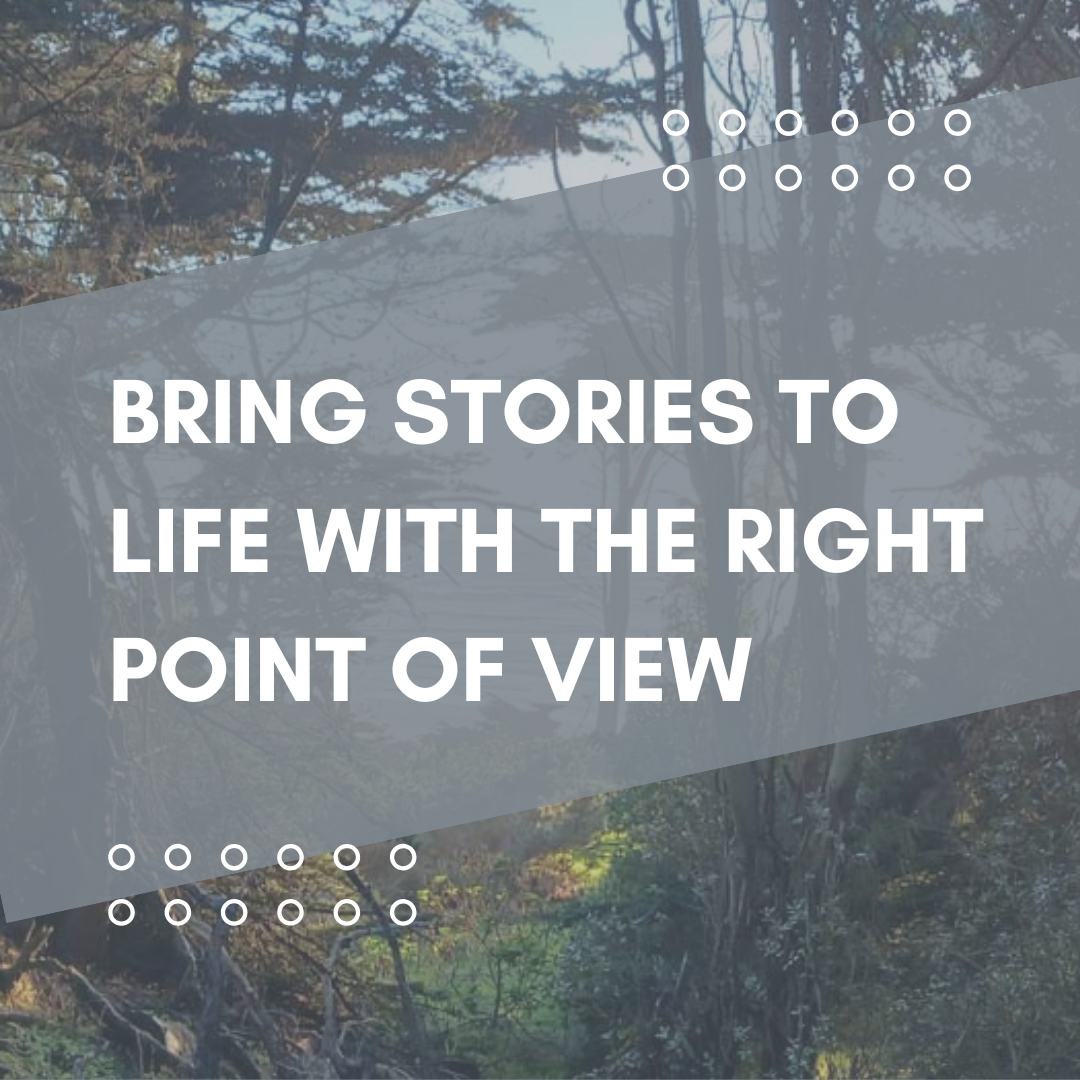
Knowing which point of view and narrative distance to use to tell your story can be difficult. POV can take you intimately close to your protagonist’s thoughts or fly above all of your characters, only showing how they interact with each other. It’s all too easy to break the rules of perspective, causing reader confusion.
Choosing the right POV for my historical fiction novel was a big decision I had to make before I started writing. After some consideration, I decided on first person present tense. If you want to learn more about how POV decisions like this can shape your story, read on.

There’s the fantasy of bumping into a book publisher at a fancy New York cocktail party and instantaneously landing a book deal upon pitching your story. And then there’s the reality most would-be authors live in with no immediate proximity to those in publishing power. So, how do you grab attention for your book from the outside ground level of that New York skyscraper?
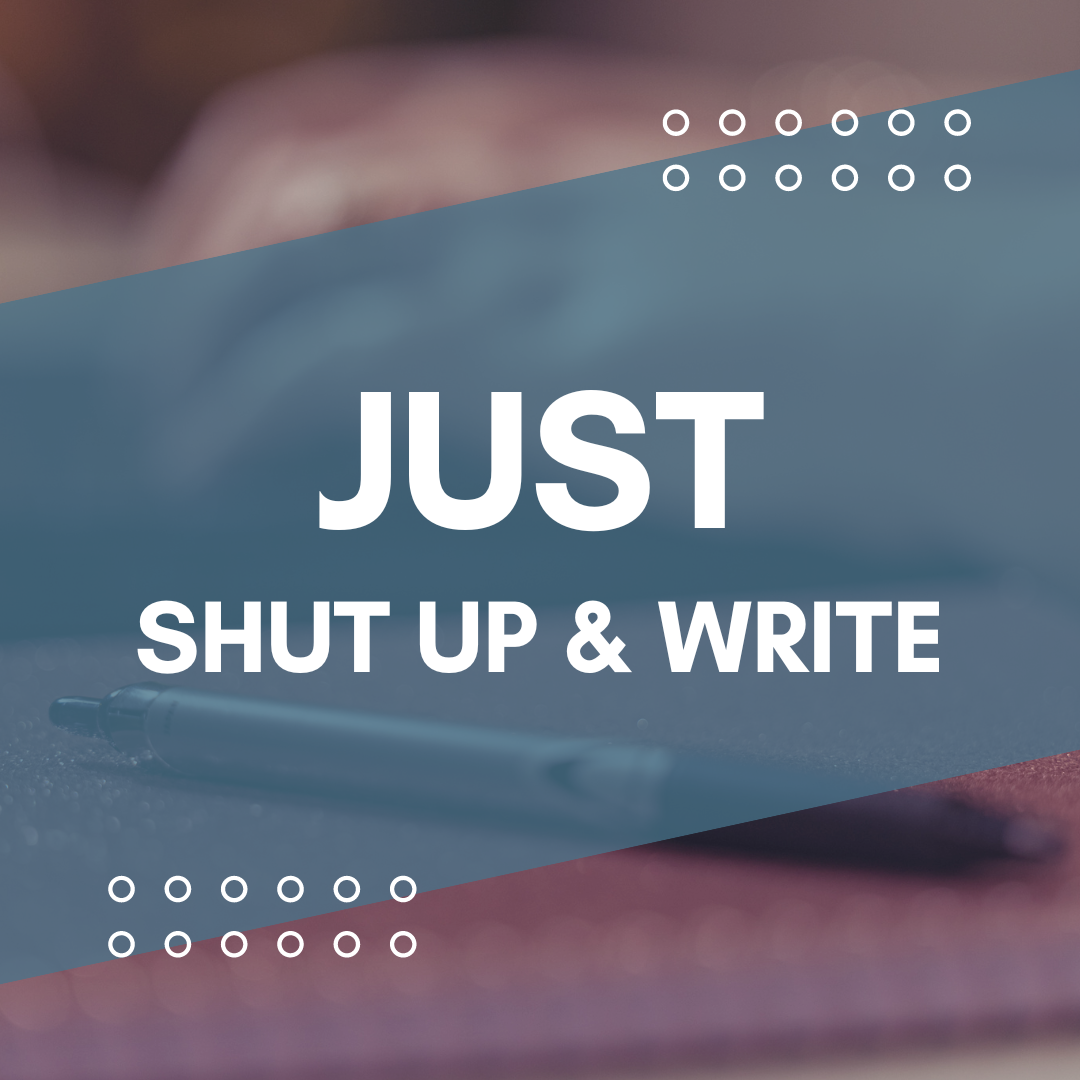
Unfortunately, getting derailed from writing projects is a common occurrence for authors. Shut Up & Write provides a time and place to do just that—shut up and write. The sessions are dedicated blocks of time long enough to accomplish a writing goal. Find out how SU&W has helped me make writing progress.
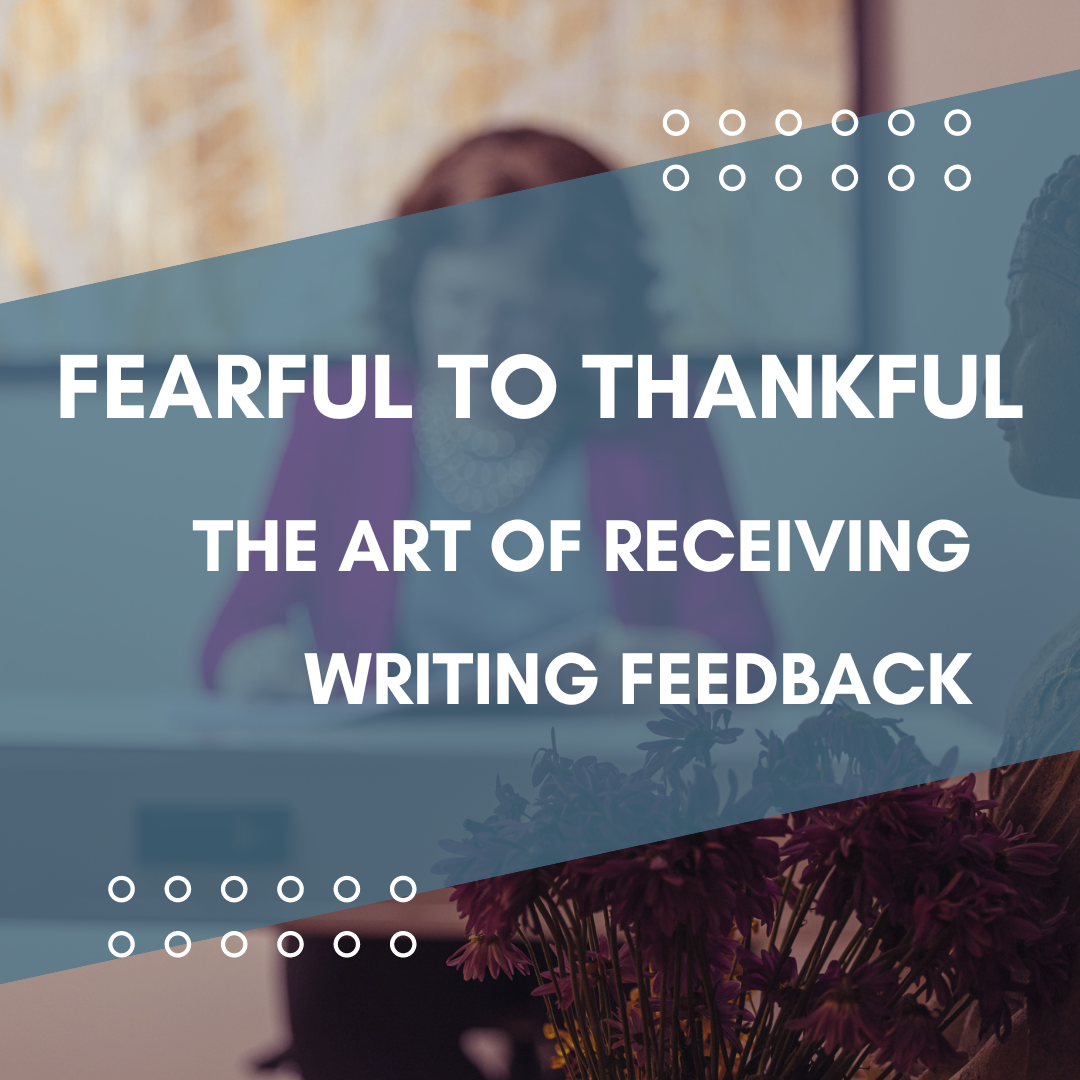
Are Word track changes, red lines, comment bubbles, and a long letter full of notes from your editor freaking you out?
Don’t lose your cool. Join editors Eva Barrows and Lila LaBine to learn ways to receive, respond, and implement professional editing feedback to strengthen and publish your manuscript—without the overwhelm. Read the blog post and watch the workshop replay here.
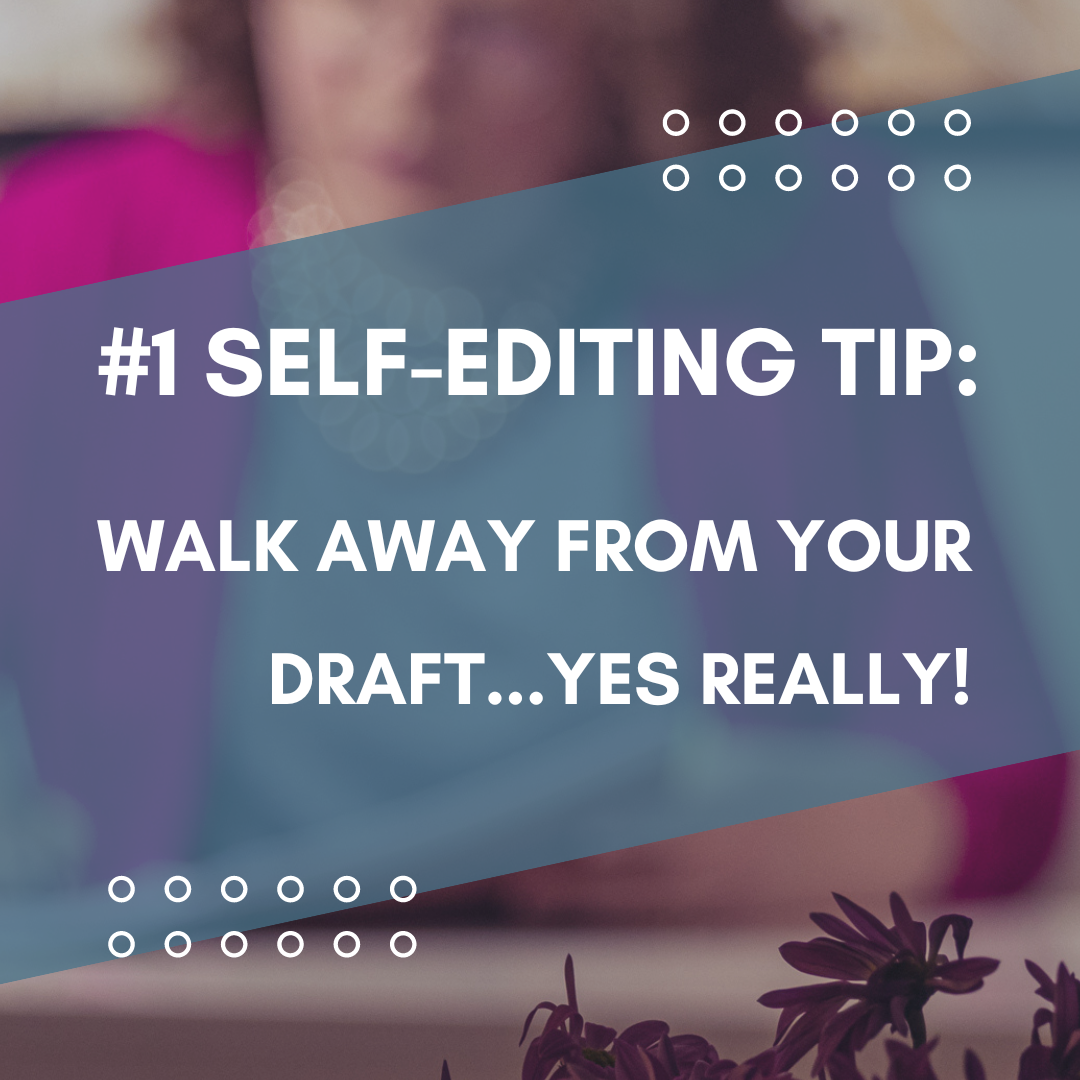
Every time I write something, I struggle with the urge to edit as I go. I’ve begun to bargain with myself. I’ll think, “Ok, let’s just get this section on the page, then we’ll go on a walk, then we’ll come back, read it over and mark it up.” For me, it’s the dissection, marking up, and re-arranging that makes my writing sing. As I work on my novel, it’s so, so hard not to edit as I go. But if I can at least get something down, a scene or two, maybe an entire chapter, I can allow myself to read it through to make sure I’m laying the foundation to support the next chapter. If you’ve completed the first draft of something or are getting close (so exciting!) and are wondering how you can self-edit, I’ve got a few pointers for you. Once you’ve arrived at the end, whatever that looks like for your project, save your work or put down the pen. Take that walk. Make it a long one. Maybe go on a long weekend vacation, start a new project…pretend like you don’t have a complete draft sitting around begging you to edit it. If ideas about what you could change in your project pop up, write them down, but don’t implement them immediately. Stay away from your project long enough to approach it again with fresh eyes. This emotional distance will allow you to be a more objective reader once you return to the draft. When you do read it again, your brain will identify things you didn’t see before. You’ll ask yourself, “What the heck was I trying to say here?” This is the kind of question you’ll need to answer before allowing anyone else to read your draft. Do the easy pickings yourself, then get outside feedback from a critique group or writing partner to help direct you on your next round of edits. If you missed my April Ask an Editor workshop “ Self-Editing Strategies to Revise Your Manuscript ” with my cohost Lila LaBine of LaBine Editorial , watch the replay on YouTube and learn story, scene, and line-level editing strategies. We highlight ways to revise your manuscript as much as possible before hiring a professional editor or approaching agents and publishers. Keep writing!
